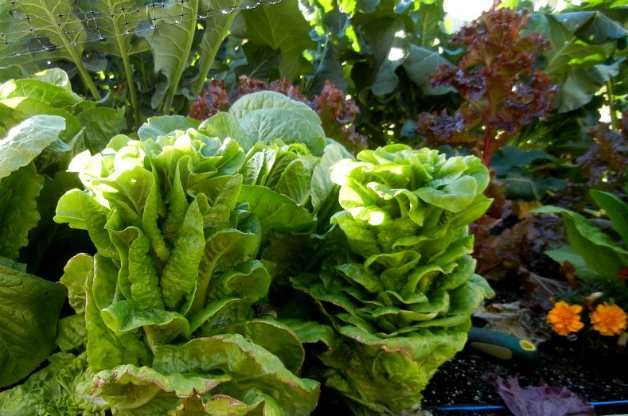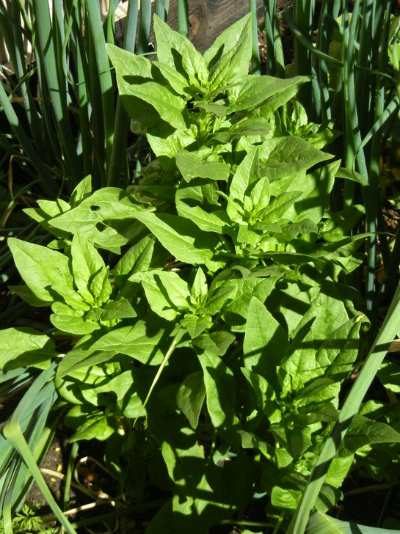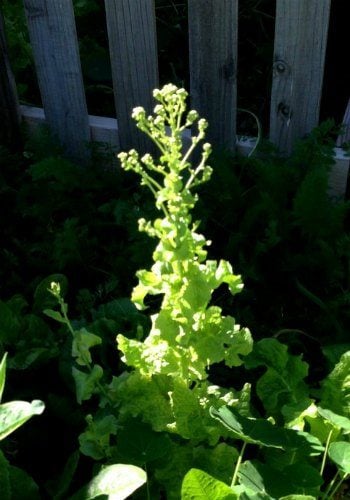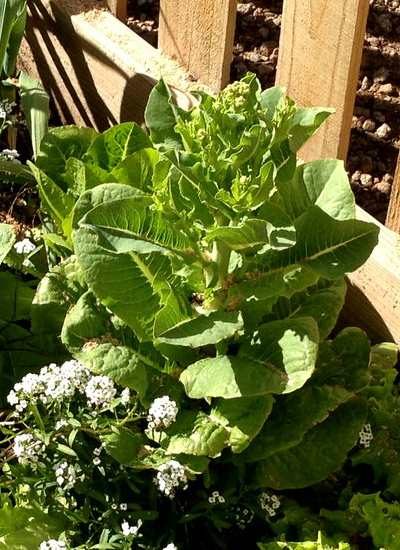Why Do Leafy Greens Bolt?
Updated: Aug. 12, 2020
Learn why lettuce bolts, why it's not a good idea to eat leafy greens after this happens, and ways to extend your lettuce harvest in your vegetable garden.
Have you heard the term bolt in regards to lettuce in the vegetable garden? Bolting is a process that leafy greens such as leaf lettuce, cabbage, spinach and Swiss chard go through when they get ready to flower and set seed.

So, what causes bolting? There are a few different factors involved. The first is that most leafy greens are cool-season crops. Once the days become longer and hotter, growing conditions are no longer ideal so leafy greens begin to get ready to flower as they near the end of their life.
Once temperatures hit 80 degrees and stay there for a number of days you may notice that your lettuce will start to bolt. The longer days of summer also cause bolting.

Once your favorite leaf lettuce or other leafy green has begun to bolt, the leaves turn bitter and can no longer be eaten. But, just because your lettuce plants have bolted, doesn’t mean that you should pull them out right away.

Instead of pulling out your bolting lettuce or other leafy greens, allow them to flower and form seeds. The flowers attract pollinators and you can collect the seeds and save them for next year’s crop.
When collecting the seeds, only heirloom varieties will produce the exact type of leafy green as its parent. In the case of hybrid varieties, the resulting plant can differ from its parent, but you can still collect the seeds and experiment with the slightly different plant that may come up. Got holes in your leafy greens? You have cabbage worms.

Even without warm temperatures and long days, leafy greens will not last forever without bolting, but they will live for a longer length of time in the garden when planted during the cool season. During the growing season for lettuce, you can plant successive crops to ensure a long lettuce harvest. In my garden, I plant crops of lettuce 2 to 3 weeks apart. You can determine when to plant lettuce in your garden based on your planting zone.
One way to extend the growing season of your lettuce crop is to plant varieties that are more heat tolerant. Seed companies usually have a varieties of heat tolerant lettuce available, and I have had good success using these types in my Southwest garden. Note that heat tolerant lettuce varieties will still bolt, but you may be able to enjoy a longer harvest before that happens.